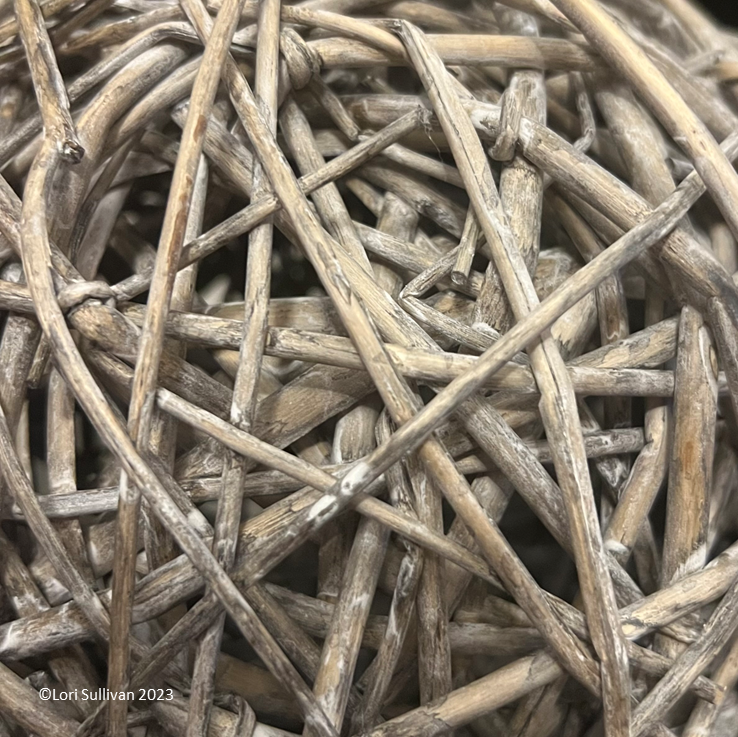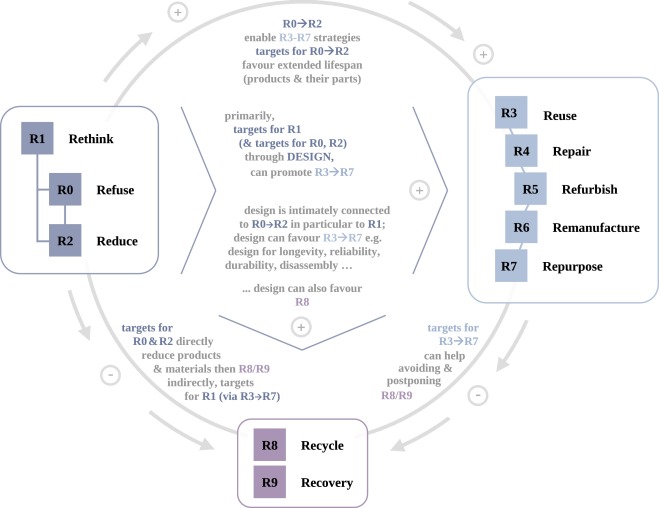
In a prior post, I covered categories businesses could consider as they start their sustainability journey.
Since that post, I’ve started taking a course focused on the circular economy – this is when products and materials are kept in useful operation for as long as possible.
The numbers are increasing, but today according to the 2022 Circularity Gap Report only 8.6% of the global economy is circular.
What I now realize is glaringly missing from my original post companies should consider is “post-use”.
While responsibility for this phase often lands on the shoulders of the consumer, more and more companies are developing post-use plans for their products.
In fact, it’s estimated that 80% of the environmental impacts of products are determined during the design phase – placing a high level or responsibility on the organization.
Post-Use Alternatives
As companies and customers consider product post-use options, I liked this chart with 10 Rs to consider.

The Left Side – Before Design/Purchase
On the left side of the chart, we find refuse, reduce, and rethink. While these aren’t technically “post-use” they should be considered to avoid the post-use option. These are the areas for customers and companies to consider BEFORE a product is produced or purchased.
Refuse – Customers could choose not to buy. Companies could avoid a material or process.
Reduce – This could be the items in your home or production materials used.
Rethink – Considering the use and materials, is there a better alternative.
The Right Side – After Use
On the right side of the chart, we have 5 R’s – reuse, repair, refurbish, remanufacture, repurpose. These are the areas for customers and companies that should be considered next.
Reuse – When one customer no longer has a need for an item, can it be sold or given to another person to continue to be used.
Repair – When something stops working, fix it (at home or with the manufacturer) before throwing it away and buying new.
Refurbish – This involves restoring an old product and making it like new again. This can be done by both customers and companies.
Remanufacture – This is primarily done by companies. Parts are taken from discarded products and used in a new product with the same function.
Repurpose – Could the product be used for a different purpose? An example in the home would be a t-shirt becoming a dust cloth. In manufacturing, this might be using scrap materials to create another item.
The Bottom – Last Options
At the bottom of the chart are the final options – recycling and recovery. I’ve seen other R’s in this category including reclamation and remediation.
Recycle – Process materials to be used in future products at the same grade or a lower grade.
Recovery – Prepare materials to re-enter the environment in the least harmful state.
Summary
What happens to a product after its useful life starts in the product design phase. From there, options exist for both customers and companies to extend product life and look for ways to lighten the impact of the product going to waste. The next time you are purchasing or designing a product, consider what will happen after “use” is complete.
